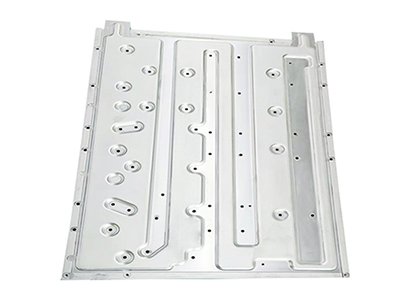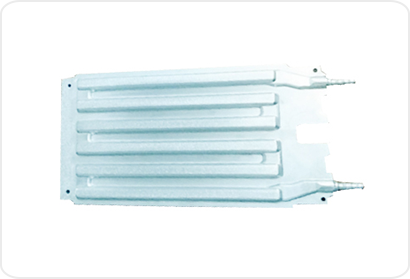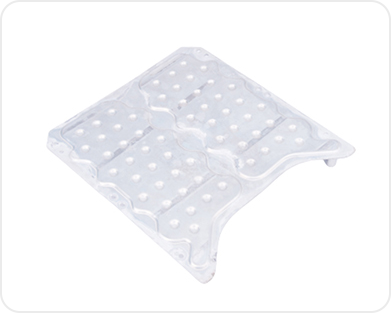Brazing & Soldering


What is the definition of brazing?
Brazing is the process of joining two metals together with a molten filler metal. The filler metal will have a lower melting point than the two metals being joined together.
What is the process of brazing?
Brazing can be done in many different ways. Two main styles are localised heating, where just the joint area is heated, and diffuse heating, where the entire object is heated. During the process of brazing, the joining metal is melted and filled into the joint of the two parent metals by capillary action – that is the ability for liquids to flow in narrow spaces, without the help of gravity. The liquid metal is protected from oxidation during its liquid stage by a flux. The liquid metal is then cooled to join the pieces together.

What is the soldering?
Soldering is a joining process used to join different types of metals together by melting solder. Solder is a metal alloy usually made of tin and lead which is melted using a hot iron. The iron is heated to temperatures above 600 degrees fahrenheit which then cools to create a strong electrical bond.
Soldering fin heat sink
By using tin grease or flux to embed different fins into the base, performance is the best.
Tin soldering (Welding temperature: 120℃~180℃)
- Copper and aluminum welding (aluminum need nickel plating).
- Copper and copper welding
- Aluminum and aluminum welding (need nickel plating).
- Nickel plating cost is much higher.
Brazing (Welding temperature: 300℃~400℃)
- Copper and aluminum all can be welded, do not need nickel plating. High welding cost.
